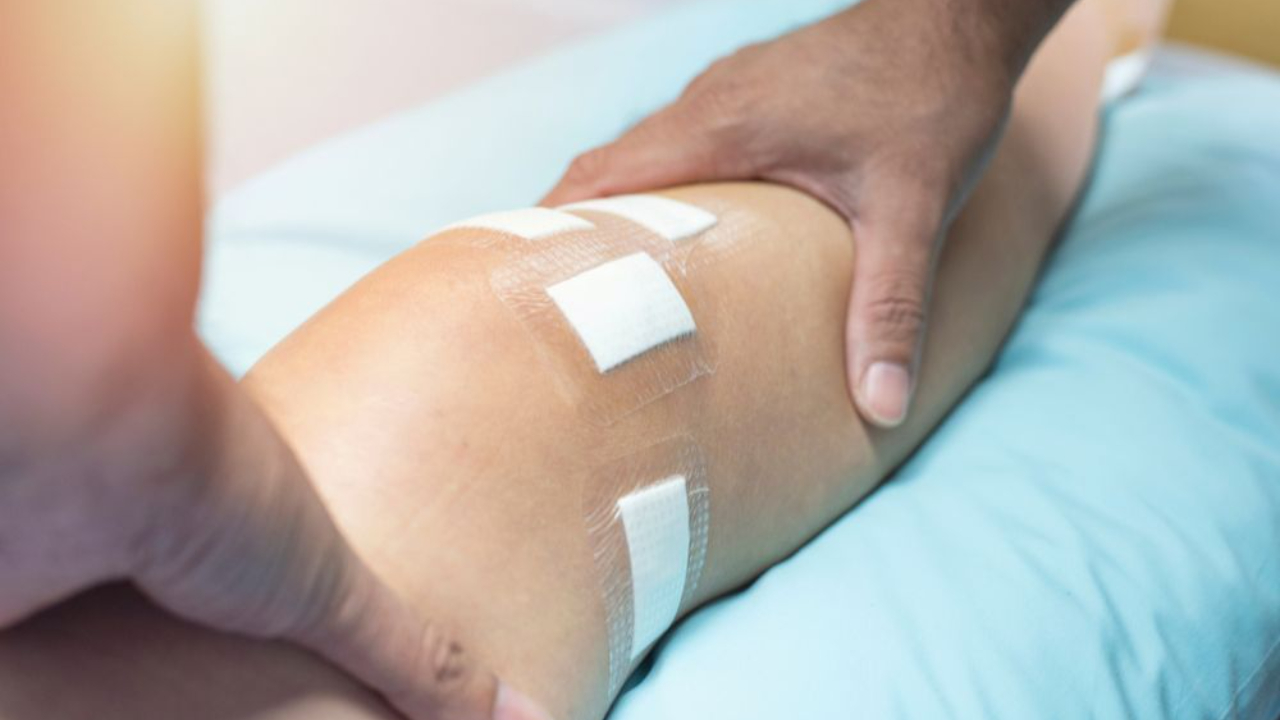Why Women Are More Likely to Experience an ACL Tear

Check out this recent article on ACL tears featuring Unbroken Athlete co-founder, Dr. Catherine Logan, MD.
Women tear their ACLs at significantly higher rates than men, especially in sports that involve cutting, pivoting, and jumping—like soccer, basketball, and skiing. This disparity is due to a combination of anatomical, hormonal, and biomechanical factors. Anatomically, women tend to have a wider pelvis, which affects the alignment and angle of the knee joint (known as the Q-angle), potentially increasing stress on the ACL. Hormonal fluctuations throughout the menstrual cycle, particularly elevated estrogen levels, have also been shown to affect ligament laxity, possibly making the ACL more vulnerable to injury during certain phases.

